← retour Santé tropicale
Accès aux sites pays ![]()
![]() BENIN
BENIN![]() BURKINA FASO
BURKINA FASO![]() CAMEROUN
CAMEROUN![]() CENTRAFRIQUE
CENTRAFRIQUE![]() CONGO
CONGO![]() COTE D'IVOIRE
COTE D'IVOIRE![]() GABON
GABON
![]() GUINEE
GUINEE![]() MADAGASCAR
MADAGASCAR![]() MALI
MALI![]() R.D. CONGO
R.D. CONGO![]() SENEGAL
SENEGAL![]() TOGO
TOGO
← retour Santé tropicale
Accès aux sites pays ![]()
![]() BENIN
BENIN![]() BURKINA FASO
BURKINA FASO![]() CAMEROUN
CAMEROUN![]() CENTRAFRIQUE
CENTRAFRIQUE![]() CONGO
CONGO![]() COTE D'IVOIRE
COTE D'IVOIRE![]() GABON
GABON
![]() GUINEE
GUINEE![]() MADAGASCAR
MADAGASCAR![]() MALI
MALI![]() R.D. CONGO
R.D. CONGO![]() SENEGAL
SENEGAL![]() TOGO
TOGO

Publié dans Médecine d'Afrique Noire 6906 - Juin 2022 - pages 352-356
 Prise en charge de la déshydratation aiguë chez l’enfant de moins de 5 ans aux urgences du Centre Hospitalier National d’Enfants Albert Royer Dakar
Prise en charge de la déshydratation aiguë chez l’enfant de moins de 5 ans aux urgences du Centre Hospitalier National d’Enfants Albert Royer DakarAuteurs : A. Thiongane, A. Sow, A.A. Ndongo, Y.J. Dieng, Y. Keita, D. Boiro, A. Ba, A.A. Faye, P.M. Faye, A.L. Fall, S. Diouf, O. Ndiaye - Sénégal
Introduction : La déshydratation aiguë est un déficit aigu non-compensé en eau et électrolytes. Elle constitue une urgence métabolique fréquente du nourrisson. L’objectif était de décrire les aspects épidémiologiques, cliniques, thérapeutiques et évolutifs chez l’enfant de moins de 5 ans aux urgences pédiatriques à Dakar.
Matériel et méthode : L’étude a lieu au Service d’Accueil des Urgences (SAU) de l’hôpital Albert Royer de Dakar. Etude rétrospective sur douze mois (janvier-décembre 2020). Etaient inclus dans l’étude, tous les enfants de moins 5 ans, hospitalisés au SAU durant la période de l’étude pour une déshydratation aiguë.
Résultats : La fréquence était de 8,3%. L’âge moyen 19,3 mois (extrêmes : 3-60 mois). Les moins de 12 mois étaient de 36,5%. Les garçons étaient prédominants (53%). La majorité des enfants (70%) était issue de parents avec un niveau socio-économique bas et était sous Allaitement Maternel Exclusif (AME) (77%). Le délai de consultation était tardif chez 81%. Les signes cliniques de déshydratation étaient le pli cutané persistant (51%). La déshydratation était sévère (61%), le choc hypovolémique représentait 38%, l’hyponatrémie 40% et la diarrhée aiguë 67%. Le traitement par voie IV concernait 86% des patients et les antibiotiques 58%. La mortalité était estimée à 16%.
Conclusion : La déshydratation aiguë reste encore fréquente aux urgences et concerne principalement les nourrissons de moins de 12 mois. Les causes sont dominées par les pathologies digestives dont la diarrhée aiguë. Une stratégie rigoureuse de prise en charge curative et préventive est nécessaire pour réduire cette morbi-mortalité.
Introduction: Acute dehydration is an acute uncompensated deficit of water and electrolytes. It is a frequent metabolic emergency in infants. The aim was to describe the epidemiological, clinical, therapeutic and evolutionary aspects in children under 5 years of age in pediatric emergencies in Dakar.
Material and method: The study took place in the emergency department of the Albert Royer Hospital in Dakar. Retrospective study over twelve months (January-December 2020). All children under 5 years of age hospitalized in the emergency department during the study period for acute dehydration were included in the study.
Results: The frequency was 8.3%. The average age was 19.3 months (extremes: 3-60 months). Less than 12 months was 36.5%. Boys were predominant (53%). The majority of children (70%) were from parents with low socioeconomic status and were on Exclusive Breastfeeding (EBF) (77%). The delay of consultation was late in 81%. Clinical signs of dehydration were persistent skin folds (51%). Dehydration was severe (61%), hypovolemic shock represented 38% and hyponatremia 40%. Acute diarrhea was (67%). Intravenous treatment was given to 86% of patients and antibiotics to 58%. Mortality was estimated at 16%.
Conclusion: Acute dehydration is still frequent in emergency departments and mainly concerns infants under 12 months of age. The causes are dominated by digestive pathologies including acute diarrhea. A rigorous strategy of curative and preventive management is necessary to reduce this morbidity and mortality.
Cet article est actuellement coté ![]() (2,5 étoiles) par les abonnés de Médecine d'Afrique Noire.
(2,5 étoiles) par les abonnés de Médecine d'Afrique Noire.
Il a été consulté 4547 fois, téléchargé 4 fois et évalué 2 fois.
Aucun commentaire n'a encore été ajouté à propos de cet article
Restez informés : recevez, chaque mercredi, la lettre d'informations de Santé tropicale. Inscriptions
Ce contenu gratuit vous est destiné :
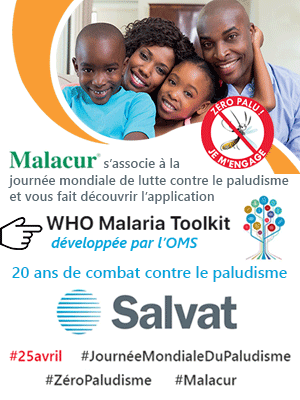
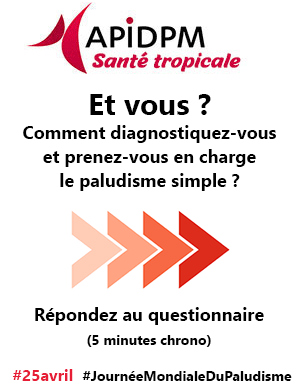
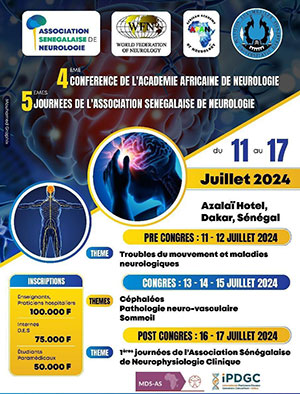

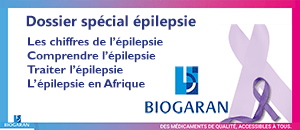
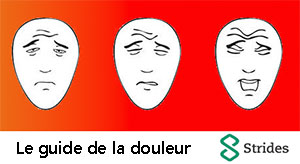


![]() Adresse
Adresse
![]() Téléphone
Téléphone
![]() Contactez-nous
Contactez-nous
Actualités
Articles médicaux